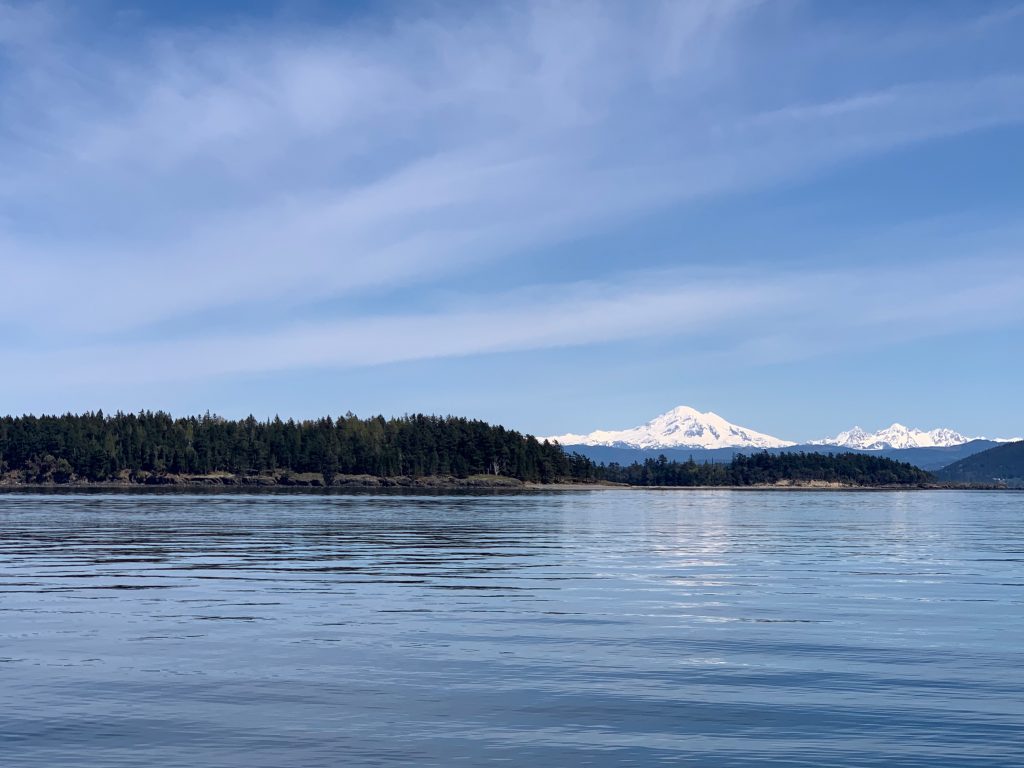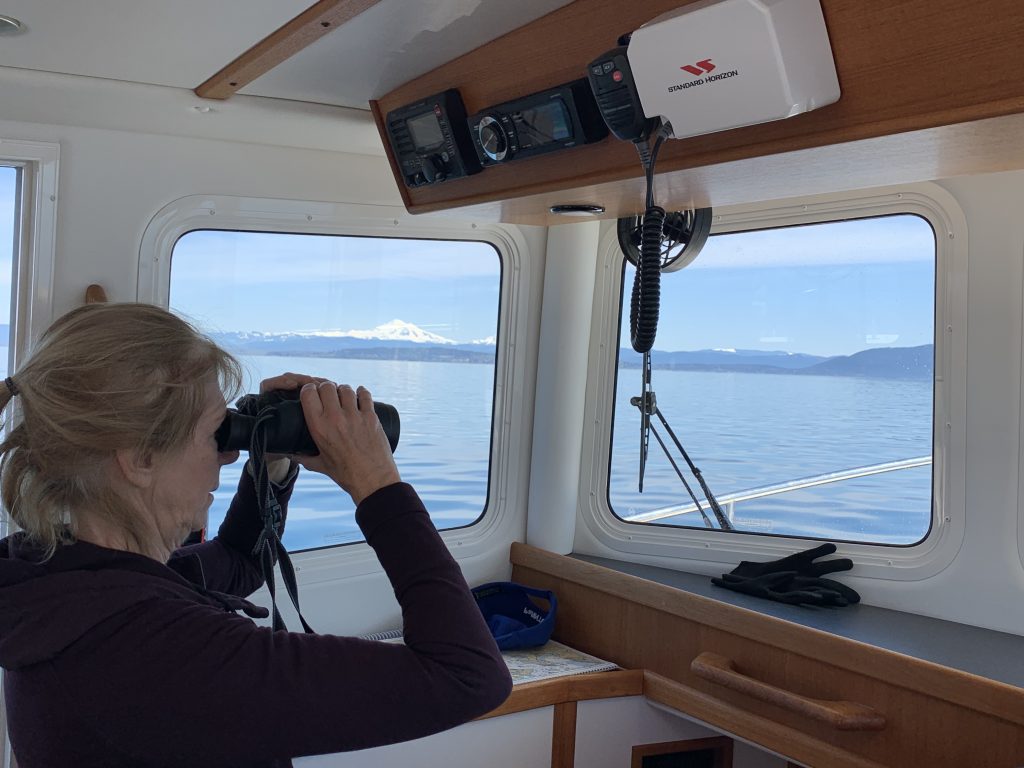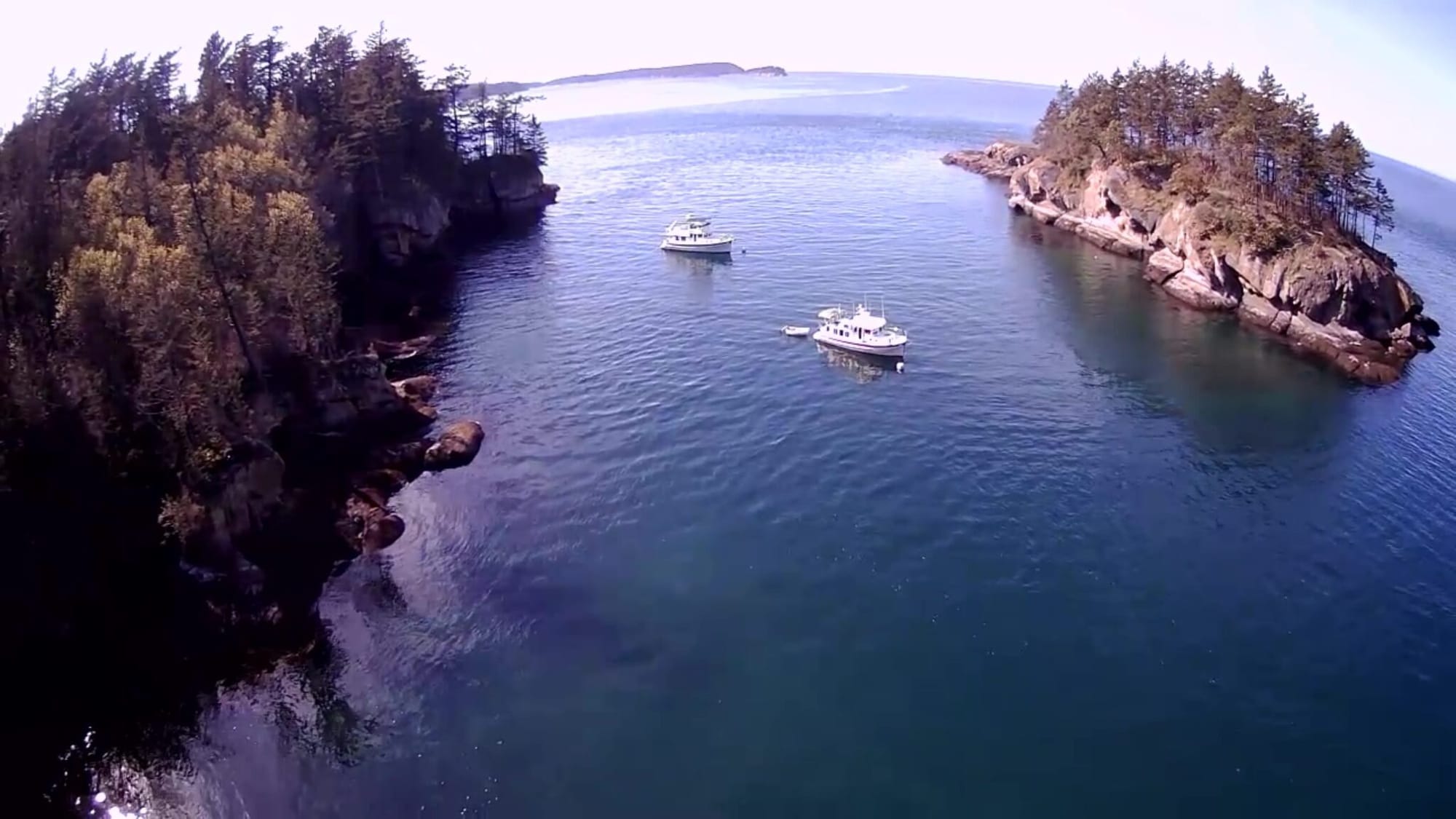
Unlike Sucia Island, where the Spanish pronunciation is not commonly used, Matia is pronounced Mah-tee-ah more often than not. You will find some who say May-sha, but not many. Most of this 145 acre Island is managed by the U.S. Fish and Wildlife Service as a National Wildlife Refuge.

Unlike Sucia Island, where the Spanish pronunciation is not commonly used, Matia is pronounced Mah-tee-ah more often than not. You will find some who say May-sha, but not many.
Most of this 145 acre Island is managed by the U.S. Fish and Wildlife Service as a National Wildlife Refuge. There is a small State Park at one end that offers picnicking and limited camping, but no water. Pets are not allowed on the Island at all and walking is limited to a single loop trail.
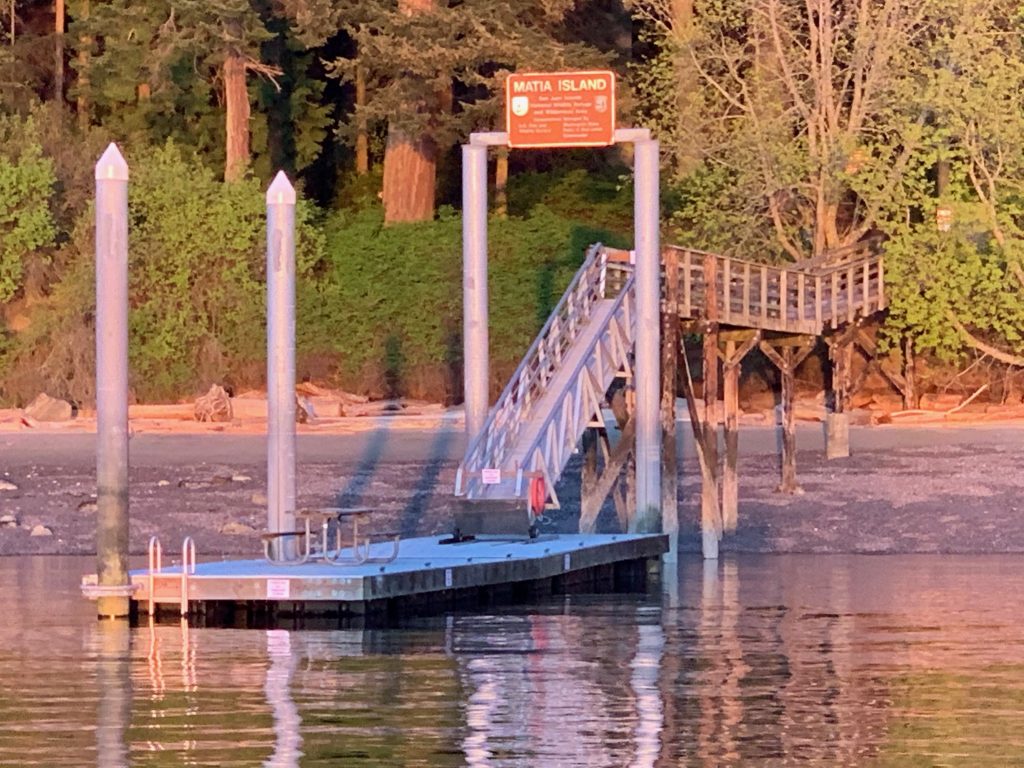



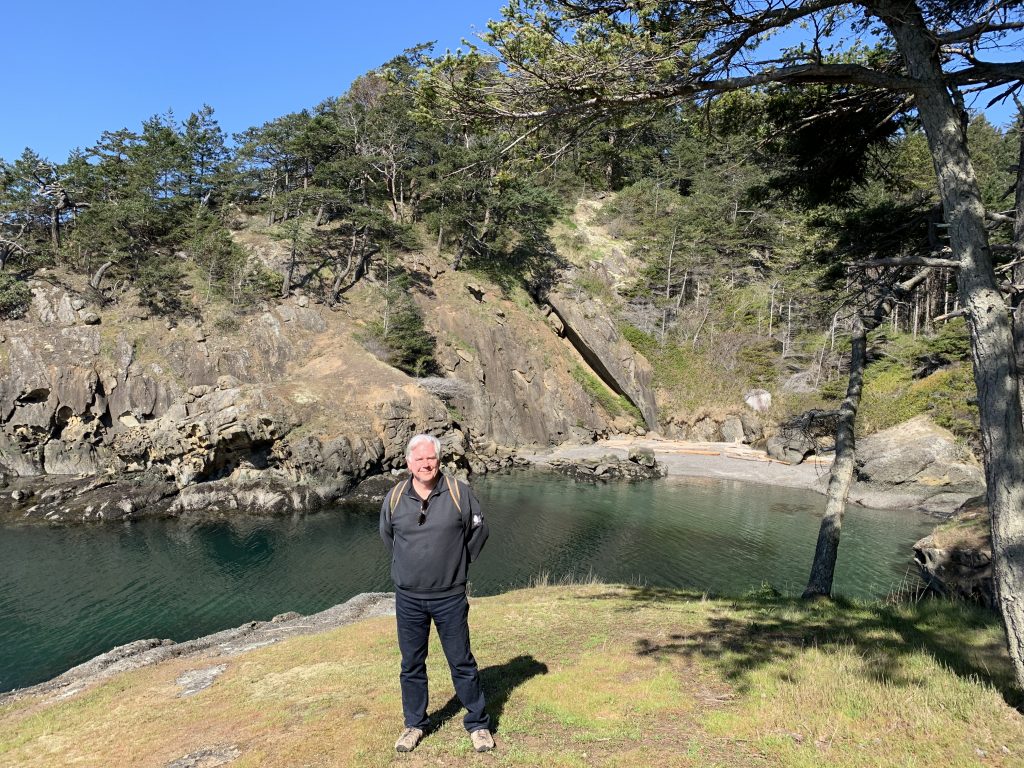
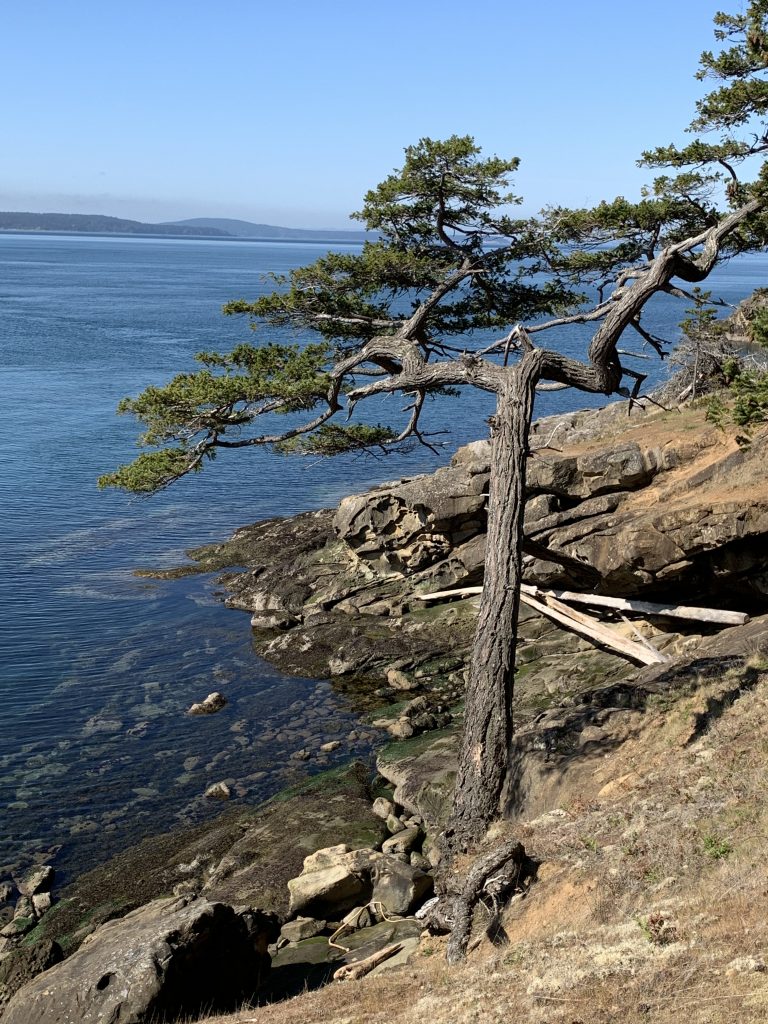
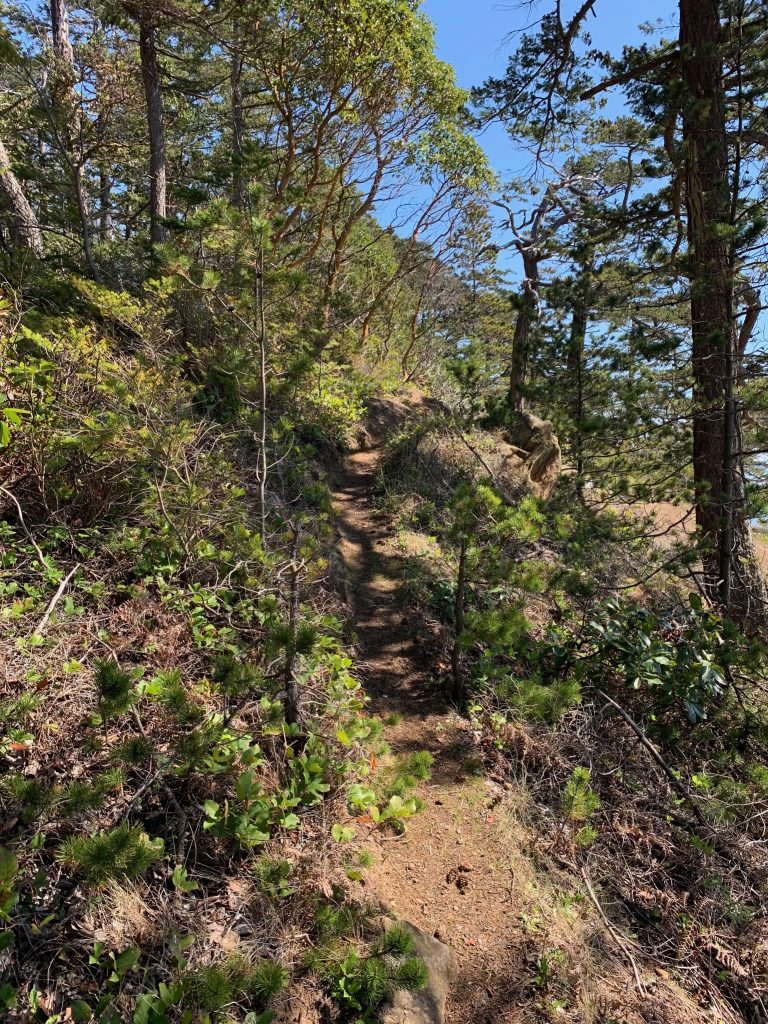


For almost 30 years a man, Elvin H. Smith, lived in a cabin on a bay in the island’s southeast corner (opposite Rolfe Cove where we anchored). Smith was born in Wisconsin circa 1835. He fought in the American Civil War during the 1860s, rising from private to brevet captain in the Union Army. Embittered because Army bureaucrats never recognized his battlefield commission and disappointed by an unhappy love affair, he left home for good and headed west. After a stint as a newspaperman, he worked for years as a traveling passenger agent for the Northern Pacific Railroad until he gave up railroad business in 1890 and came to Bellingham, Washington.
Once in Bellingham, Smith joined forces with a lawyer to make some money on land speculation. There were rumors that the federal government was going to open Matia Island for homesteading. The lawyer fronted money to buy out a pair who had acquired squatters’ rights on Matia. Smith moved to the island in April 1892 to perfect a claim the partners could sell at a profit. He was later dubbed “The Hermit of Matia Island”, and remained there until his supply-laden rowboat vanished on in a storm on February 23, 1921 en route from nearby Orcas Island.
Remember my post The Nineth Wonder of the World? People were tough in days gone by. Few today would row the exposed waters between Matia and Orcas in a storm.
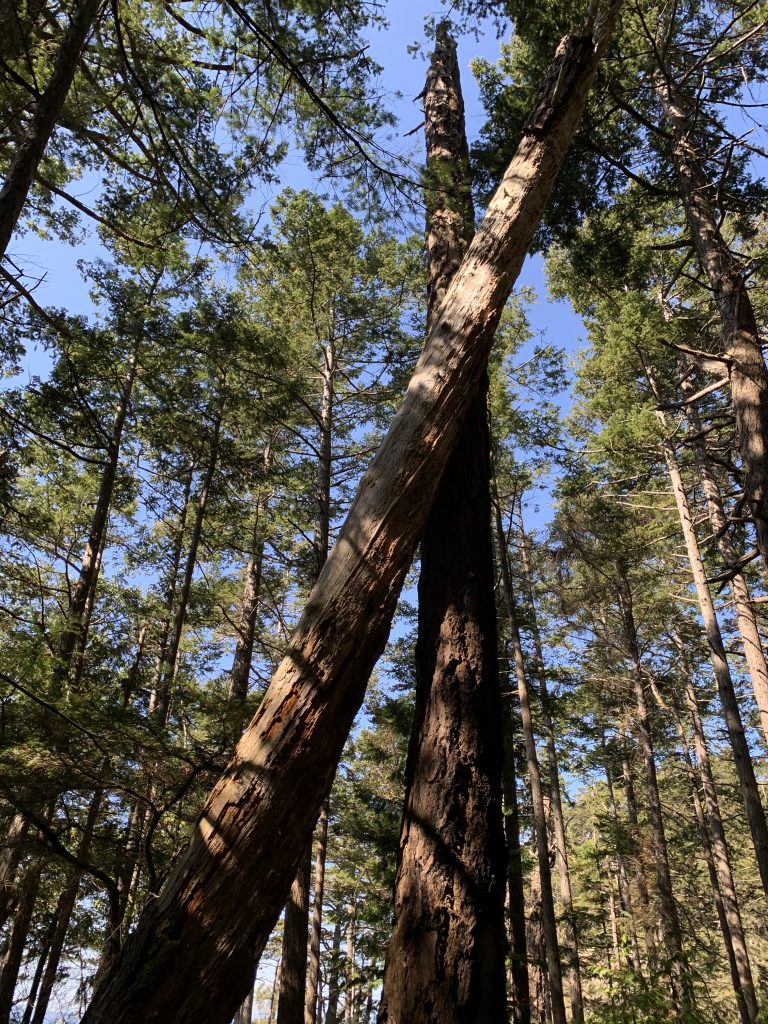
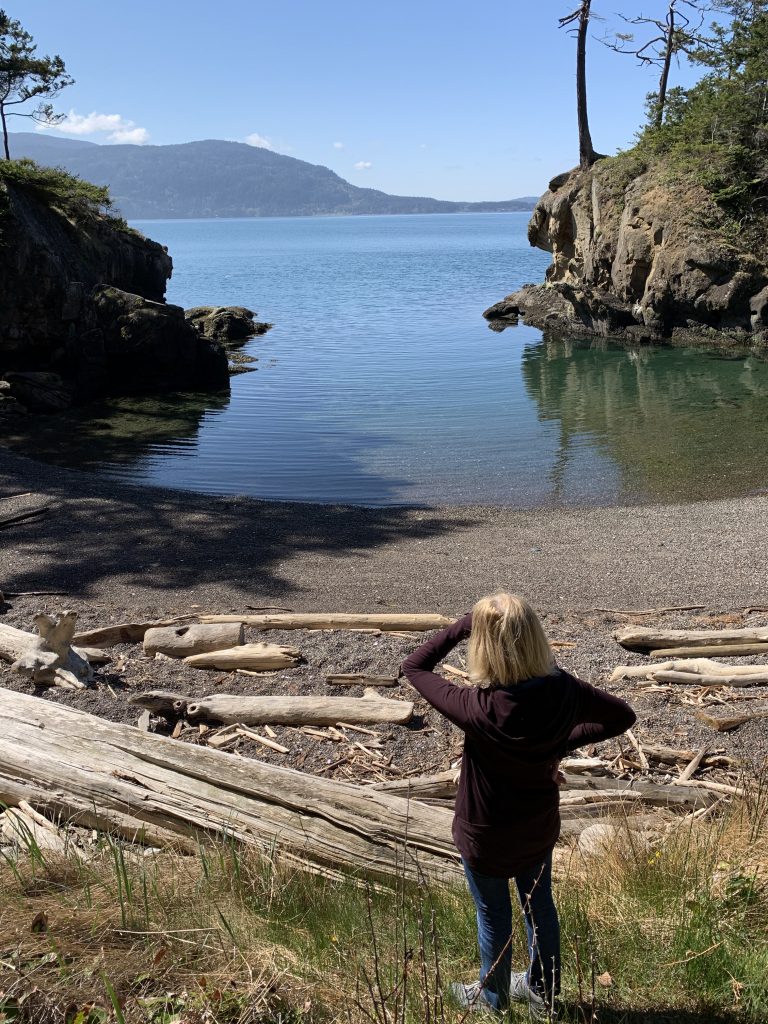
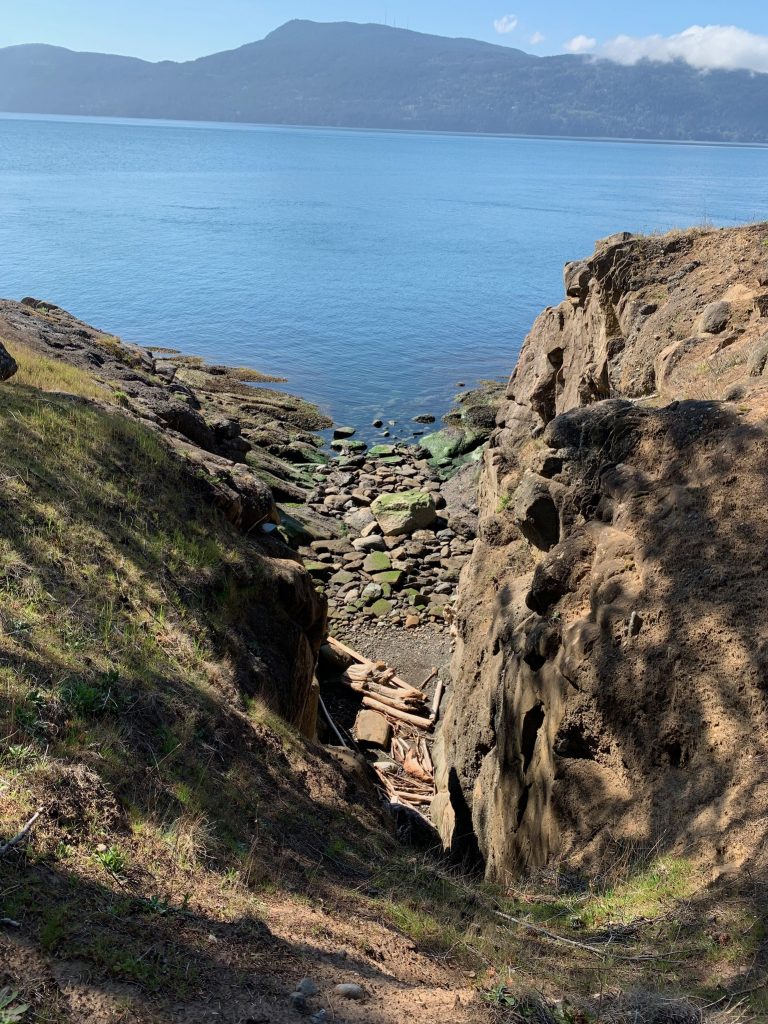

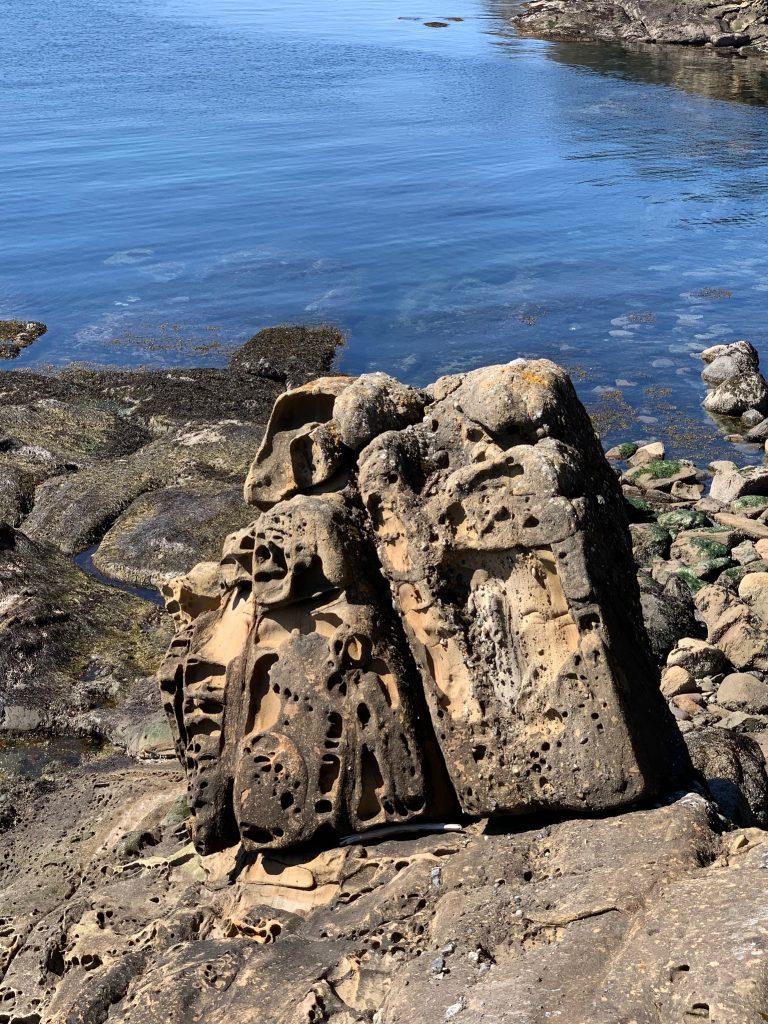
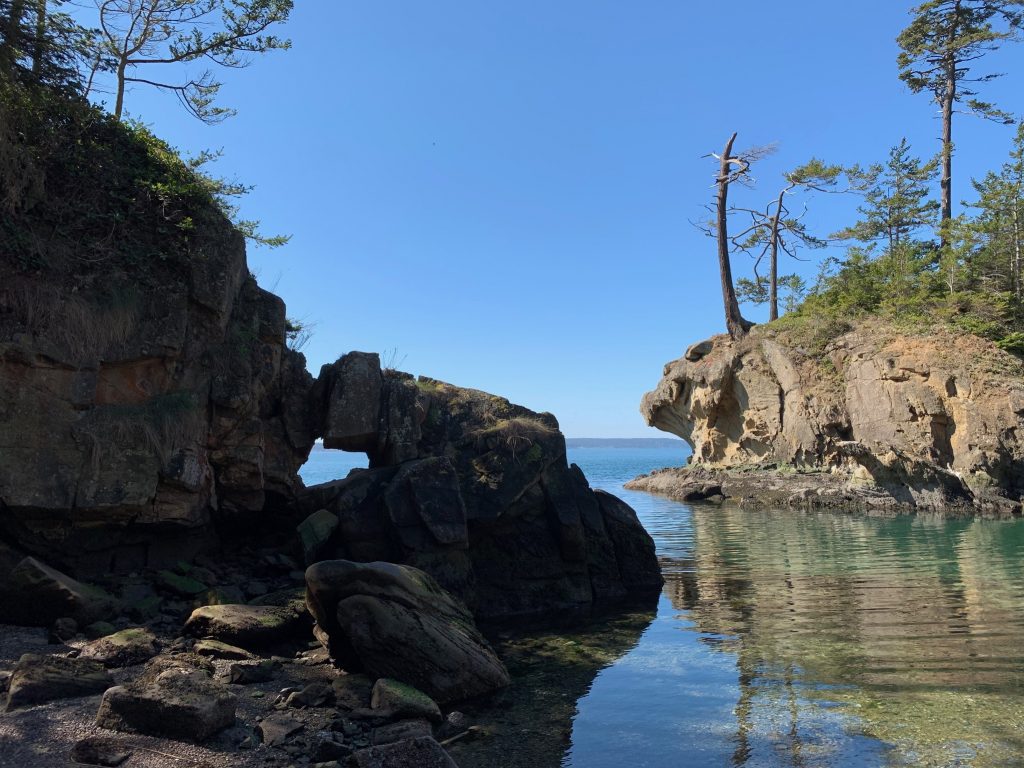
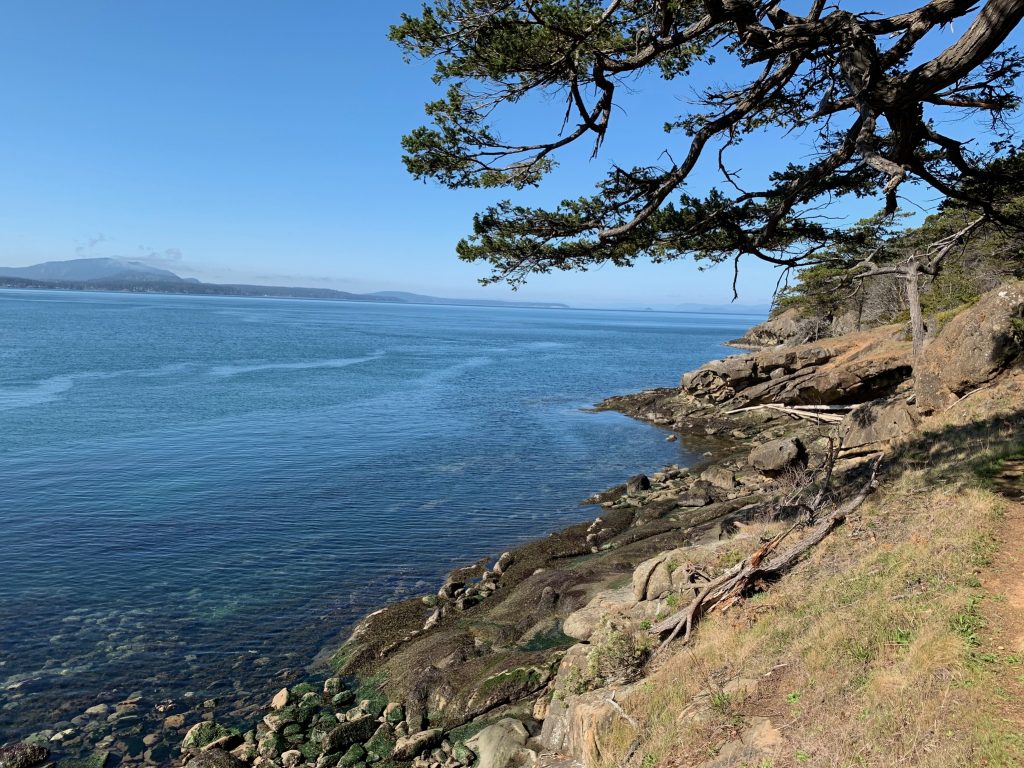
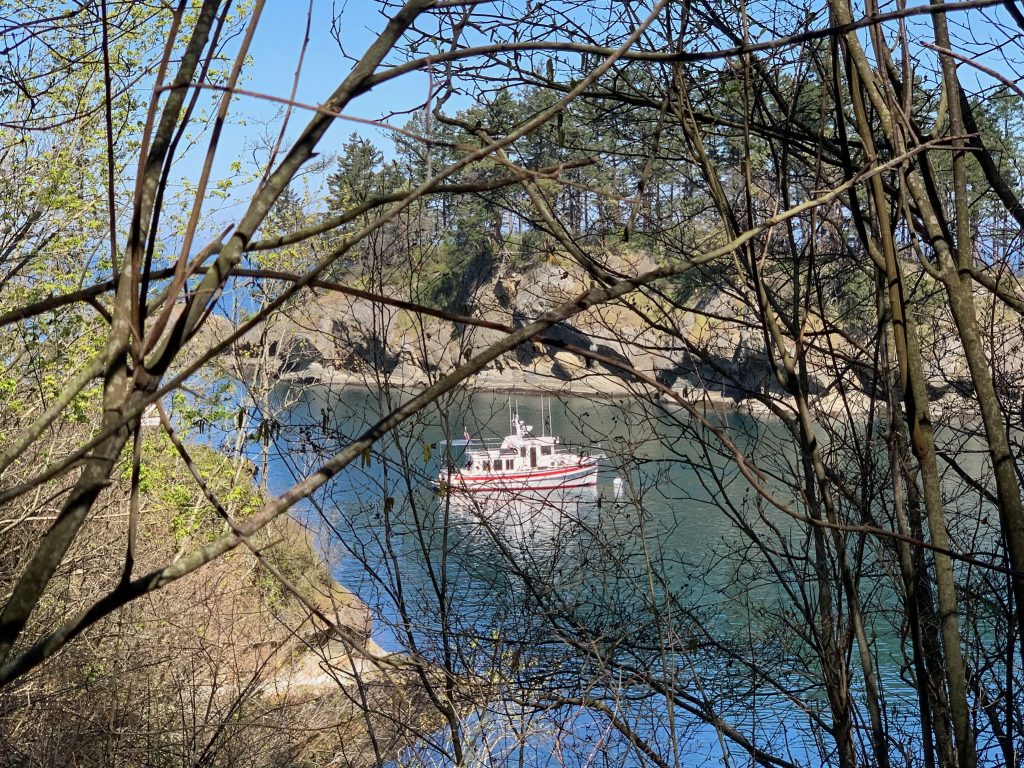
Evening brought a beautiful sunset as we bobbed happily on a buoy in Rolfe Cove drinking wine and listening to the birds.
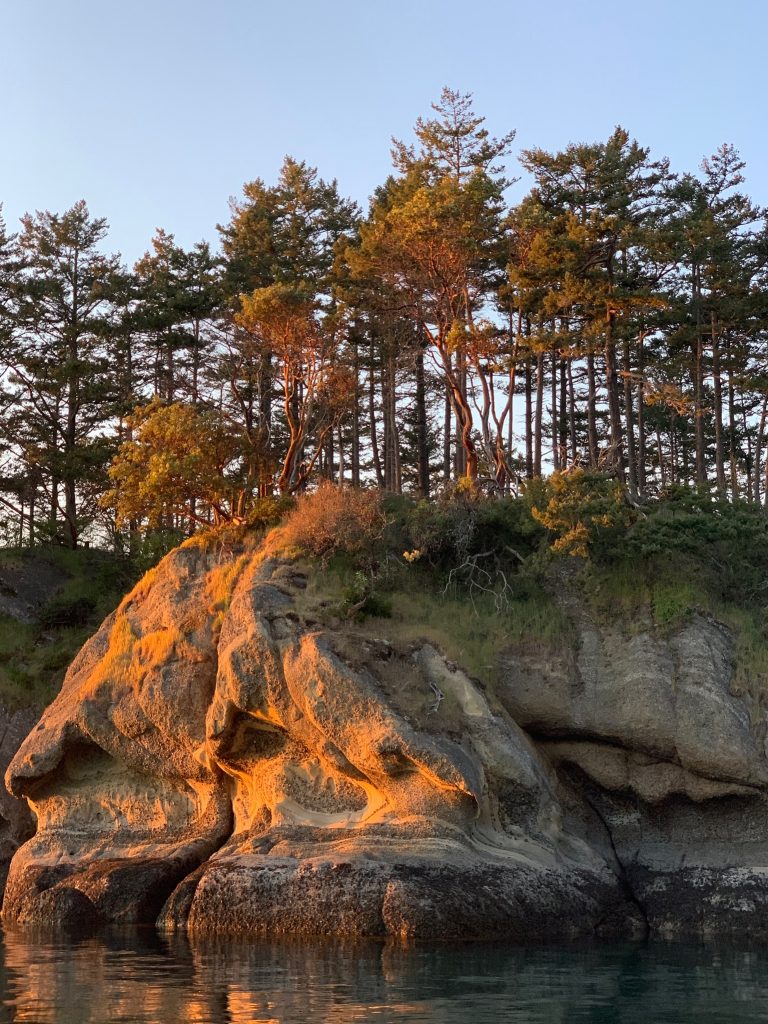

The next day, we reluctantly set out for home, having found a new San Juan faviorite: Matia Island.

